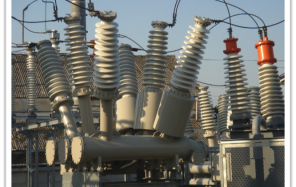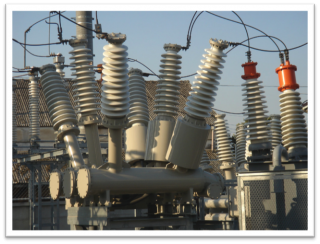Understanding Utility Rate Structures

 Typical utility rate structures are divided into three categories reflected on your electricity or natural gas bill: customer charges, demand charges, and supply charges. Each charge is designed to cover specific costs incurred by a regulated utility. The bill also includes provision taxes that vary depending on your utility and local government.
Typical utility rate structures are divided into three categories reflected on your electricity or natural gas bill: customer charges, demand charges, and supply charges. Each charge is designed to cover specific costs incurred by a regulated utility. The bill also includes provision taxes that vary depending on your utility and local government.
Customer Charge
The first category is customer charges. These charges vary with the number of customers, but not the amount used by any particular customer. Customer charges recover costs associated with making service available to the customer, such as installing and maintaining meters, utility poles, power lines and equipment as well as meter reading and customer service costs. Most utilities charge a flat fee customer charge and it does not vary according to usage.
Demand Charge
The second utility rate category is called demand costs. Electric and natural gas utilities must be able to meet peak demand. Peak demand is the period of time when the greatest number of users is simultaneously using service. Overall system requirements for energy transmission and delivery drive demand related costs. Costs associated with the demand charge include: capital and operating costs for production, transmission, equipment (transformers) and storage costs that vary with demand requirements.
Supplier Charge
The third component of an electricity or natural gas bill is the energy/commodity costs or supply charges. The supply charge consists of the costs associated with capital and operating costs to produce the energy, such as fuel costs and production supplies. These costs change only with the consumption of energy and they are not affected by the number of customers or overall system demand.
How Utilities Calculate Charges
The rates you pay are calculated differently for each charge category. The rates are typically based on total consumption or peak demand. The formulas for rate calculations are as follows:
Customer charge = fixed monthly charge
Demand charge = dollars x demand
Supply charge = dollars x energy use
Energy/fuel cost adjustment = dollars x energy use
Tax/surcharge = one or more of items 1-3 above
By tax %, dollars x energy use, or dollars x demand
